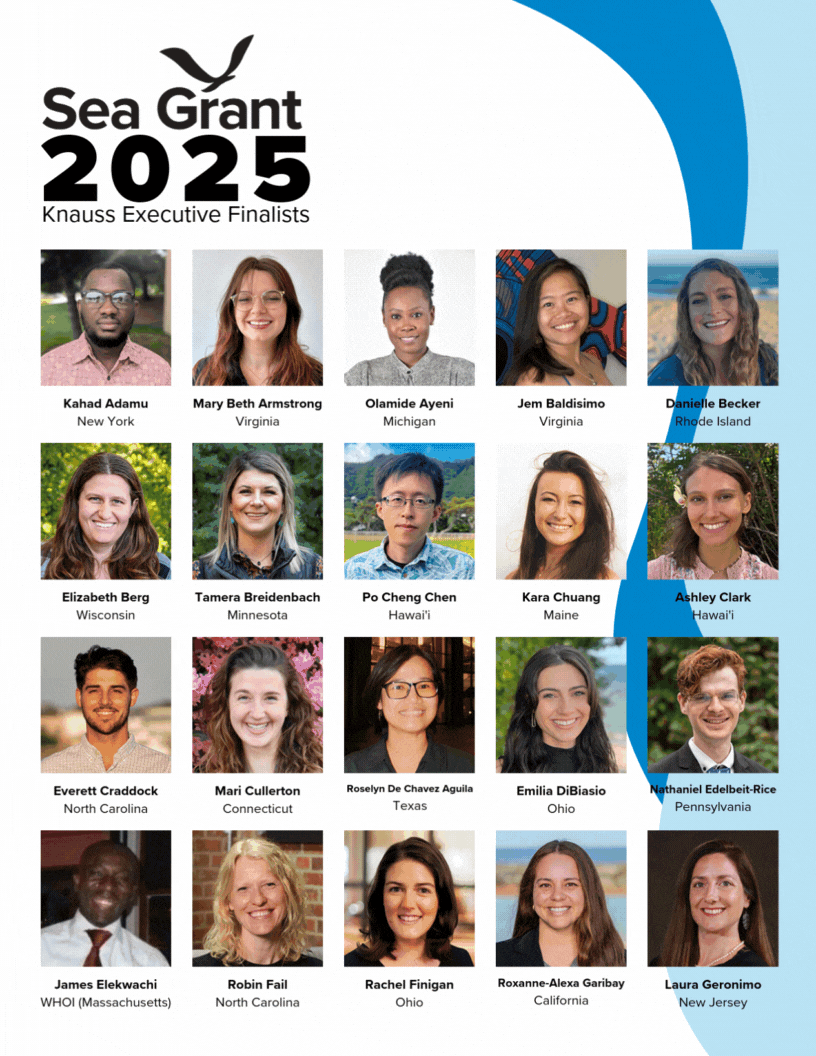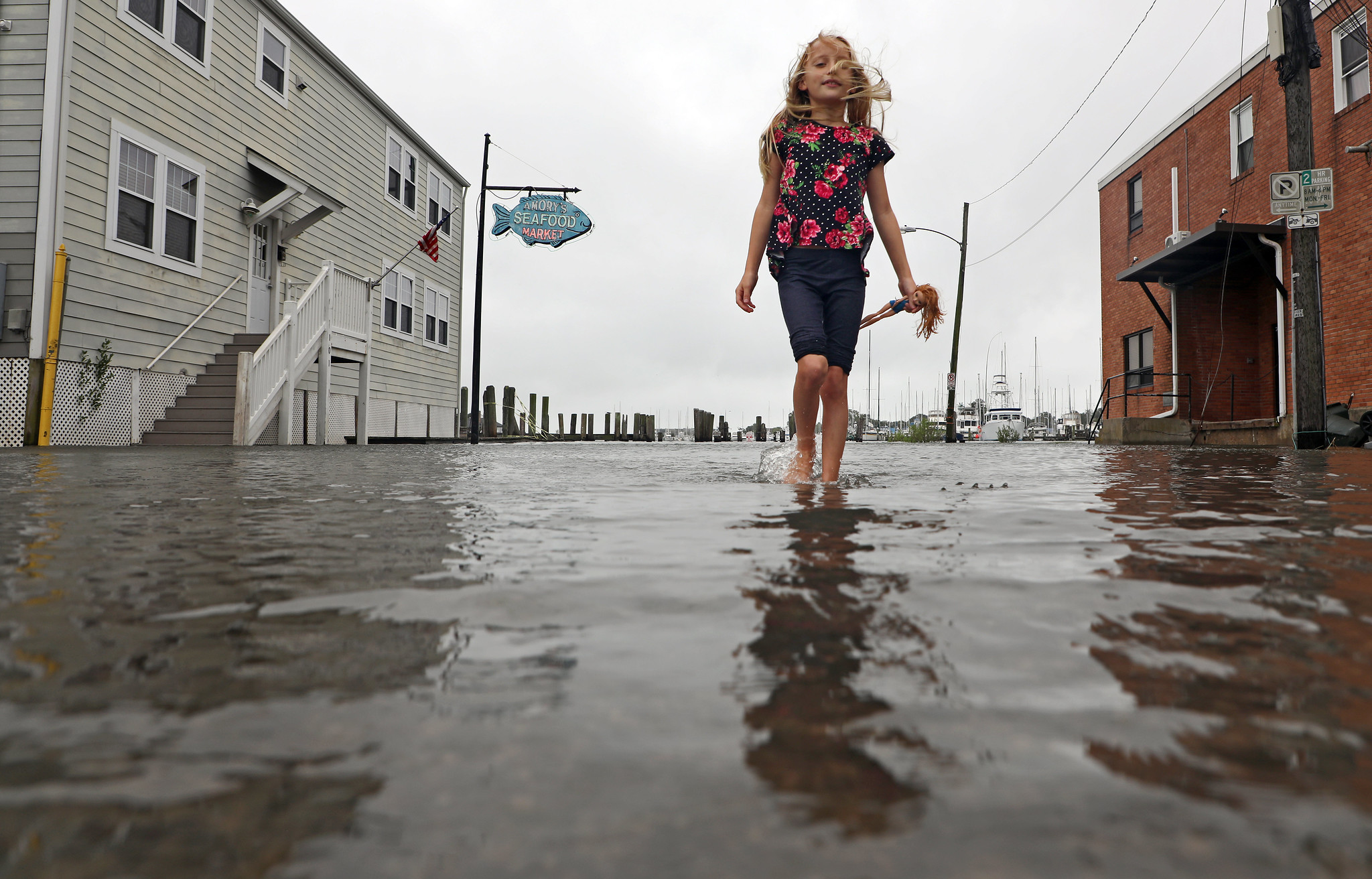A symposium featuring local experts on Superstorm Sandy and preparedness
By Barbara Branca and Paul Focazio, New York Sea Grant
In October 2012, Superstorm Sandy impacted millions of people from hundreds of communities in the Northeast. Long Island’s south shore was extremely hard hit. What are the region’s efforts to prepare for the next major storm? During a late spring symposium held at Hofstra University in Hempstead, NY, an enrapt audience of students, faculty, researchers, managers and community members heard stories ranging from heart-wrenching personal recollections to the giant steps being taken by emergency planners to ensure the safety of residents during hurricane season.
The symposium was led by Hofstra professors E. Christa Farmer, Elisabeth Ploran, and Mary Anne Trasciatti whose research about how cultural and language barriers may have hindered evacuation efforts in Long Beach, NY, is one of 10 social science projects supported by the Coastal Storm Awareness Program (CSAP). CSAP is a $1.4M multi-year partnership between the National Oceanic and Atmospheric Administration (NOAA) and its Sea Grant programs in New York, New Jersey and Connecticut.
Each symposium panelist provided a unique perspective, whether scientific, civic or governmental, about what happened during Sandy and how the region is now better prepared for the next ‘big one.”
Professor Adam Sobel of Columbia University explained how Sandy was the confluence of multiple systems giving it unprecedented size and strength. Storm damage to Long Island’s barrier beaches was exacerbated by their development and population density. Amy Simonson, United States Geological Survey, encouraged the audience to find their own locations on the new flood maps designed to better prepare for storms.
Nelly A. Romero, program director of the Long Beach Latino Civic Association, recalled stories of Latino residents of Long Beach who did not evacuate. Partially through her efforts, new policies in Long Beach require multi-lingual evacuation messages. Long Beach City Councilman Anthony Eramo discussed the reliance we have on water, sewage and power services and the importance of residents raising their homes to meet flood insurance requirements.
John McNally, Long Beach Community Reconstruction Program and Associate Director of Suffolk County Industrial Development Agency, spoke of how community organizations have fostered rebuilding and helped residents navigate the many steps needed to get funding to rebuild. Erika Schaub, assistant director of public safety and emergency management officer at Hofstra University noted that their plan worked during Sandy but with each passing year since, the plan has been tweaked. Paul Wilders, Director of Emergency Planning in the Nassau County Office of Emergency Management, said how the County has worked to improve communications systems, bolster evacuation routes, stockpile supplies and work more closely with the National Guard.
Questions and comments from the audience echoed the need for such improvements in emergency planning and lauded some of the community groups who have been the greatest help to residents.
Researcher Elisabeth Ploran ended the panel discussion with a critical CSAP research finding about why some Long Beach residents did not evacuate, even when authorities made it clear that Sandy was a powerful storm and it was on its way. “People tend to be influenced by friends and family over authority in the decision to evacuate,” she said. Ploran, Farmer and Trasciatti presented their findings along with those of the nine other CSAP research teams at a Sea Grant-sponsored late May meeting in Newark, NJ.


